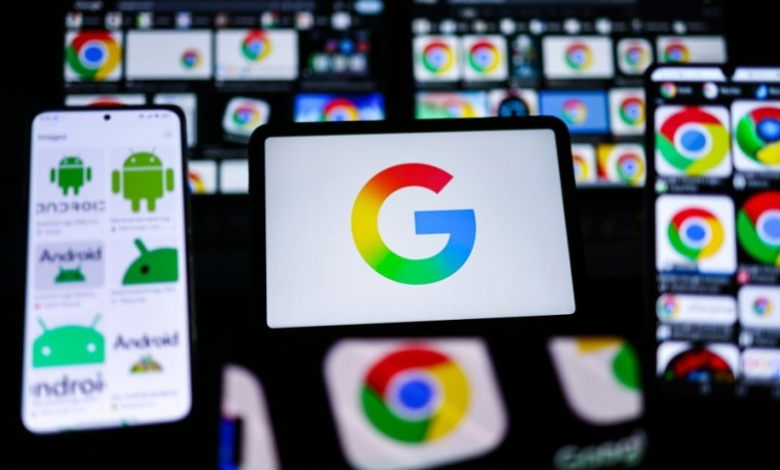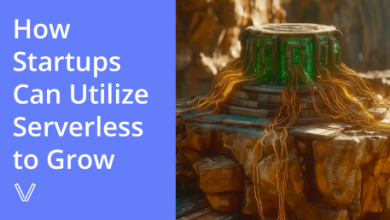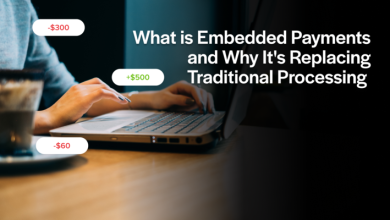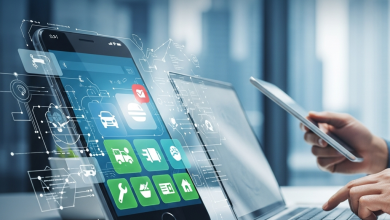
There’s something quietly fascinating about what’s happening in the creative tech space right now. Not long ago, artificial intelligence tools were mostly about speed — helping people write faster, edit faster, generate faster. But lately, that conversation has shifted.
Now it’s about taste.
We’re entering a moment where tools like Nano Banana and Mixboard aren’t just helping creators move quickly — they’re helping them think differently. They blend instinct with intelligence, turning the once mechanical process of creation into something that actually feels artistic.
It’s not about replacing designers or writers or artists. It’s about giving them space — more air to breathe between an idea and its first sketch.
img alt: The top AI tool combination for this year is Mixboard & Nano Banana.
The Shift: From Prompts to Perspective
If you’ve tried out creative AI before, you’ve likely noticed that results can change a lot depending on how you word things. With Mixboard AI, it’s a bit different. It’s not just about picking the “perfect” words — it’s about setting the mood, finding the right feel, and letting the visuals grow on their own.
This is where Nano Banana, the quiet engine behind many of Mixboard’s capabilities, becomes a kind of creative partner. It learns patterns of aesthetics — color palettes, composition, symmetry — and transforms abstract direction into something visually balanced.
One could argue that we’re moving away from a “prompt economy” toward a “taste economy.”
Because really, anyone can type a request into an AI. The real difference lies in how you guide it.
Behind the Curtain: Nano Banana’s Role
Nano Banana AI is not a flashy name you see plastered across splash screens. It works in the background, refining, generating, remixing. It’s the invisible chef in the creative kitchen.
At its core, Nano Banana’s model is built to understand visual semantics — not just what an object looks like, but how it feels. When Mixboard uses this engine, it doesn’t simply spit out variations. It responds to rhythm and mood.
Let’s say you’re building a brand board for a minimalist skincare line. You feed the system some tone words like “calm,” “glass,” “soft gray.” Mixboard, powered by Nano Banana, doesn’t just grab random Pinterest-style images. It generates balanced compositions, textures that feel gentle, and layouts that speak the same language.
That’s not just machine learning — that’s design learning.
Mixboard: Where Ideas Find Their Form
Think of Mixboard as the sketchbook for the AI generation. It takes the magic that Nano Banana produces and gives it a home — a place where you can drag, shape, resize, and rethink your ideas without feeling like you’re fighting software.
The interface doesn’t overwhelm you. Instead, it nudges creativity forward with small moments of friction — just enough to make you think. Want to swap out a background? Sure. But what if you tried a different tone? That subtle prompt keeps your imagination alive.
If you’ve ever built a moodboard by hand — cutting, pinning, rearranging — you’ll recognize that same sense of exploration here. Mixboard brings that tactile energy into a digital space, where your “board” can evolve as fast as your thoughts.
It’s less about productivity, more about process.
The Intersection of Human and Machine Taste
Here’s the real question: who decides what looks good anymore?
When you start working with Mixboard and Nano Banana, you realize that creativity doesn’t belong to just one side — not fully human, not fully machine. It’s a blend.
AI can recognize trends and generate beauty on command. But it doesn’t feel what makes something meaningful — that’s still our job. Nano Banana gives you the building blocks; Mixboard helps you arrange them into something that fits your story.
It’s a partnership. The AI brings the precision, you bring the emotion. Together, they create something that feels balanced — technical and human at the same time.
At the end of the day, you’re still the one who decides what “works.” The tool might offer ideas, but the taste? That’s all you.
From Chaos to Clarity: Why Creators Love It
Scroll through communities where Google Mixboard users share their boards, and you’ll notice something — they’re messy in the best way. Each board looks like a visual conversation rather than a finished piece.
Designers use it to explore brand directions before pitching.
Writers use it to visualize tone before drafting.
Teachers use it to illustrate abstract concepts for their students.
And it’s not just professionals. Many casual users — people who would never open Photoshop — find that Mixboard gives them permission to play. There’s no pressure to “get it right.” You just build, shift, layer, and see what emerges.
It’s creativity without a finish line.
What the Design Community Is Discovering
Designers around the world are starting to notice a shift. Tools like Mixboard and Nano Banana aren’t just helping people create faster — they’re helping them collaborate more naturally.
Instead of trying to explain a visual idea in words, teams are building it together on the same canvas. One person drops in textures, another adjusts lighting, someone else refines the layout. It feels less like a task and more like a shared conversation — a creative jam session.
In many ways, Mixboard is becoming a kind of visual notebook for groups. It helps teams communicate ideas without needing to say much at all. And that’s why so many creators describe the experience as “fluid.” You’re not forcing creativity — you’re letting it happen together.
The Democratization of Design Taste
For decades, design software has drawn a line between “creatives” and “everyone else.” If you didn’t know your way around Illustrator or Figma, you were stuck describing what you wanted instead of making it yourself.
Mixboard quietly breaks that barrier.
With the help of Nano Banana’s visual intelligence, people without design training can produce professional-looking concepts in minutes. That doesn’t cheapen creativity — it expands it.
It’s the difference between gatekeeping and guidance. You don’t need a degree in design theory to build something visually compelling. You just need curiosity.
A New Type of Collaboration
In a world still adjusting to hybrid work, Mixboard AI feels like a natural fit. Instead of endless decks and spreadsheets, teams can literally see what they mean.
Imagine a startup team in three time zones: one founder adds color palettes in the morning, another adds typography by afternoon, and a designer finishes the layout at night. Everyone wakes up to something that feels like progress.
The AI doesn’t dominate that process — it supports it. Nano Banana generates the options, Mixboard keeps them organized, and the people connect the dots.
That’s what collaboration should look like: fluid, visual, and inclusive.
The Real Question: What Comes Next?
As AI creativity evolves, we’re starting to see less separation between tool and thinker. Nano Banana and Mixboard are early examples of this merge — the moment when your taste and the machine’s precision start learning from each other.
It’s easy to imagine future versions that anticipate your mood, adjust lighting automatically, or even sense when you’re stuck and offer a playful suggestion.
But the real beauty of this future isn’t in automation. It’s in amplification — letting you create more freely, not faster.
Closing Thoughts: Tools with Soul
When people talk about AI, they often focus on logic, not emotion. But every once in a while, a platform like Mixboard comes along and reminds us that technology can have warmth.
Nano Banana AI provides the brainpower, sure, but Mixboard brings the heart — the visual, expressive, sometimes chaotic space where ideas start to breathe.
And maybe that’s what this new era of creative tech really means: not handing creativity over to machines, but learning how to co-create with them.
When human taste meets machine insight, the result isn’t cold or artificial. It’s something beautifully in-between — thoughtful, fast, and deeply human.



